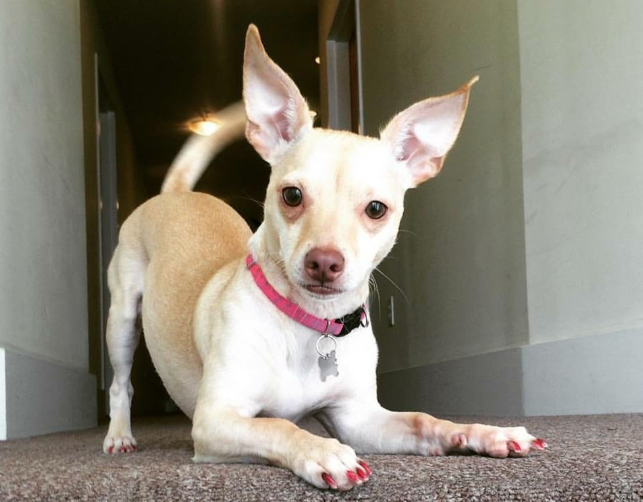When society conditions you into believing that you need to be anything but what you are, you organise your identity on what you think you should be. This takes an incredible amount of energy - constantly managing how you present, managing how others think of you, and hiding parts of yourself every time you show up.
It can leave you feeling empty and unworthy. And we develop strategies to survive unworthiness - such as overcompensating, spending money, obsessing over our bodies, becoming popular. We can numb, disassociate, and seek validation.
All of these strategies cut you off from the flow of life, from intimacy, from source.
In yoga, we explore samskaras, or karmically inherited mental and emotional patterns. We all have them and they define the human condition. Some of them lead to positive outcomes, while others do not. A particularly insidious one that I often see in the LGBTQI community, is the belief that we should be ashamed of who we are, and that we should edit ourselves to be tolerated for someone else’s comfort.
The whole process of yoga is stripping back everything we are not, clearing away our conditioning, so we can spend a life loving who we are. When all of the conditioning is stripped away, all that remains is our truest, most beautiful, and most loving, selves. In living proudly, authentically, and without shame, we are the most empowered, creative, and whole. In other words, yoga is a practice to be as authentic as possible. My deepest wish as a yoga teacher is for my students to be as authentically themselves as possible.
I’ve spent many years of my life equating my self worth to how attractive other men found me. I’ve incurred significant student loans to attend an expensive university because I craved the esteem. I’ve made myself small, kept quiet, and tolerated abuse, all because I grew up believing that I had to change who I was to be worthy of acceptance. These strategies are a mirage. They promise that if you go just a little further, if you give just a little bit more of yourself, you’ll soon arrive at the oasis and everything will be okay. But of course, no matter how much you give, it will never be enough to get you where you think you need to go. The paradox lies in that you don’t need to give anything to get anywhere - you are already where you need to be - which is fabulous, just as you are!
My greatest heroes are the ones who choose to love themselves in spite of what society has conditioned - for they know firsthand and embody a universal truth that makes the world a better place for us all: each and every one of us is worthy of love. For many of them, it is a hard wrought truth, earned through hardship, rejection, blood, sweat, tears, and many dark, lonely, nights. They are often the most down trodden, the people of color, the addicted, the immigrants, the abused, the poor, the queer - and many of these heroes occupy these spaces intersectionally. They are our teachers.
Our ability to know life is proportional to our ability to know death, our ability to know abundance is proportional to our ability to feel poverty, and our ability to feel acceptance is proportional to our ability to know rejection.
If you have lived in those dark, lonely, places - as many of us have - and lived to tell about it, you have an enriched understanding of what it means to live with Pride. You are grateful to experience love, because you have lived for so long without it.
To experience this life fully, we open ourselves up to all emotions, for the selective pursuit of positive emotions is a futile endeavour that will only leave us feeling empty. We need laughter, joy, and sunshine to know the best part of what makes us human. But to fully know the best parts, we must also know our pain, our difficulties, and darkness. And to survive the challenging moments - we need each other. The vulnerable and radical act of needing each other is part of what makes us human. This is one of many reasons straight allyship is important, but also why we should always be allies for each other, and for other marginalized people.
It takes a tremendous amount of courage to let go of the strategies we use to manage how others think of us. And I promise, the more we let go, the more we receive, the better we feel about ourselves, and the more we can let love flow in and out of our lives.
“More than anything, I pray that you can carve out a purpose for yourself, a calling beyond your own survival, a sweet offering to the world. You gain a life by giving yours away - not everyone is meant to raise a picket sign, and yet each of us can choose a path of impact. Rearing your children with affection and warmth is a form of activism. Honoring your word impeccably is a way to raise your voice. Performing your job with excellence, with your chin high and your standards higher, is as powerful as any protest march. Sowing into the lives of young people is a worthy crusade. That is what it means to leave this world of ours more lit up than when we found it. It's also what it means to lead a magnificent life, even if an unlikely one. The father has a way of choosing the flawed to attempt what many deemed improbable. My journey upon this stage and every moment in between is a testimony to the mystery in God’s choosing. Here in my twilight years, as my Christmas tree towers and glistens, folks are always asking me what legacy I want to leave. What roots beneath my soil I most hope will outlive me. I want to go home knowing that I loved generously, even if imperfectly. I want to feel as if I embodied our humanity so fully that it made us laugh and weep, that it reminded us of our shared frailties. I want to be recalled as one who squared my shoulders in the service of Black Women, as one who made us walk taller and envision greater for ourselves. I want to know that I did the very best that I could with what God gave me, just as I am.” - Cicely Tyson



















